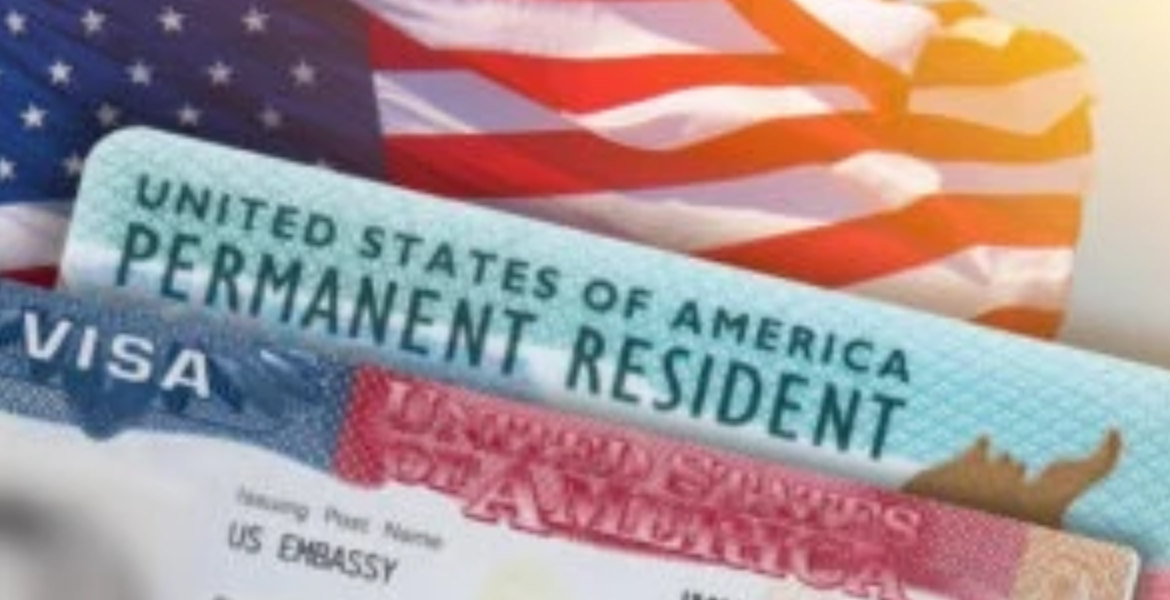Can I Work While My Green Card is Pending?

Navigating the complexities of work permits is a critical hurdle for family-based green card applicants in the United States.
For those seeking to work while their green card application, specifically Form I-485, is pending, securing an Employment Authorization Document (EAD) is essential. This permit is particularly important for individuals without an existing work visa, such as H-1B or L-1. The application process for an EAD typically commences alongside the green card application for relatives of US citizens. Conversely, relatives of permanent residents must initiate an adjustment of status application before applying for the EAD.
Recent trends indicate a significant increase in processing times; currently, applicants can expect delays averaging five to seven months, a substantial rise from the previous 90-day norm. The US Citizenship and Immigration Services (USCIS) website offers real-time updates on processing times, providing applicants with the latest information. It is crucial to differentiate between the application processes for the family members of US citizens and those related to permanent residents.
Family members of US citizens are allowed to submit their EAD applications concurrently with the primary green card application. In contrast, those related to permanent residents must wait until the F2A visa category becomes current to file Form I-485 and subsequently apply for an EAD. Applicants for a work permit must prepare several essential documents for submission, including their I-94 travel record, if applicable, and any prior work permits.
First-time applicants may also need to provide additional identification proofs. Importantly, the cost of the work permit application is encompassed within the Form I-485 filing fee, alleviating concerns about extra expenses for EAD renewals. This streamlined approach allows applicants to complete the necessary questionnaires online, often within a couple of hours, especially when assisted by legal professionals.
Once issued, the EAD grants the holder the legal authority to pursue any lawful employment without restrictions on job type or hours worked. Following the approval of the green card, the work permit becomes invalid; however, the new permanent resident retains the right to work without needing further authorization. For individuals residing outside the United States, the pathway diverges significantly. Though applying for a green card from abroad is feasible, obtaining a work permit necessitates a US presence.
Therefore, those applicants must await their green card approval before they can seek employment within the country. Moreover, individuals with pending adjustment of status applications who wish to travel must obtain an Advance Parole Travel Document. Leaving the US without this permit may result in the abandonment of the green card application. Once the travel document is approved, applicants can choose to work overseas or within the US, provided their work permit is secured.
These considerations emphasize the need for meticulous planning and adherence to procedures for family-based green card applicants aiming to work in the US. By remaining informed and prepared, applicants can effectively navigate the complexities of the immigration process and seize employment opportunities during their transition.








Add new comment